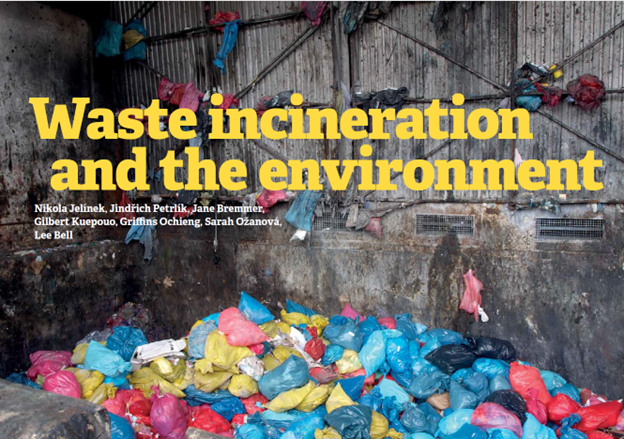The newly released report, "Waste Incineration and the Environment," is a collaborative effort by Arnika, the Centre for Environment Justice and Development (CEJAD) in Kenya, the Centre de Recherche et d‘Education pour le Développement (CREPD) in Cameroon, Toxics-Free Australia (TFA), and IPEN. This comprehensive study sheds light on the environmental and health hazards of waste incineration, particularly the burning of plastics.
The report highlights the severe impacts of incineration across various fronts, including:
- Environmental Impact: Incineration releases harmful pollutants, including dioxins, furans, and heavy metals, contributing to air and water pollution. These pollutants can accumulate in ecosystems, disrupting the planetary ecosystem, increasing greenhouse gas emissions, and leading to long-term environmental degradation and loss of biodiversity.
- Human Health: Burning waste, especially plastics, releases toxic emissions that pose significant health risks to communities. Prolonged exposure to these pollutants has been linked to respiratory illnesses, cancers, and other serious health conditions, particularly among vulnerable populations living near incineration facilities.
- Economic Impact: Incineration technologies such as pyrolysis, plasma gasification, and those now summarized under the term "chemical recycling" of plastic waste are expensive waste management options. They come with high operational costs and long-term financial burdens due to the need for continuous pollution control and the management of toxic residues.
These findings underscore the critical need for global action to implement safer, more sustainable alternatives to waste incineration. As waste management challenges continue to grow, this report serves as a crucial resource for policymakers, environmental advocates, and communities seeking to mitigate the harmful impacts of incineration on our health and environment.


